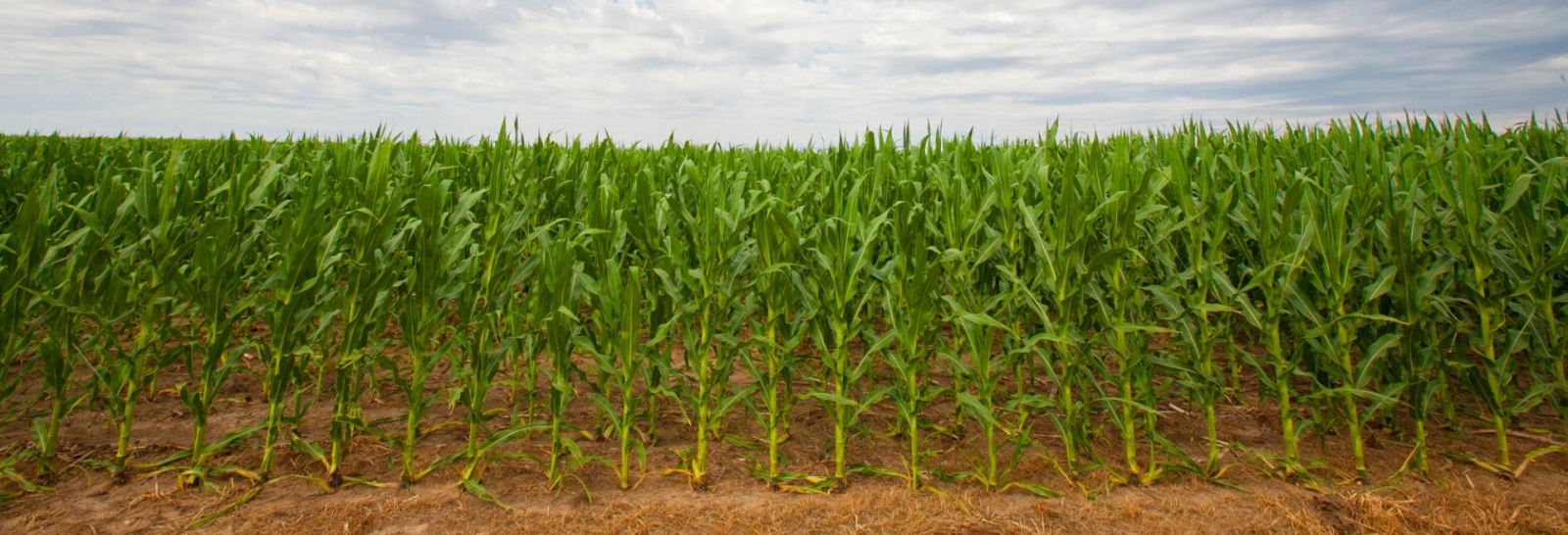May 8, 2009
Applying Integrated Weed Management StrategiesUsing various weed control tools is not a new thing, we only forgot about it since the introduction of Roundup Ready® crops. Changing modes of action in your herbicide program is one of the basic concepts of Integrated Weed Management (IWM), and can be especially helpful in combating the development of weed resistance and tolerance to herbicides. Roundup Ready technology is one part of an integrated weed management system and can be preserved only through proper management and reduced overuse. An integrated weed management program is based on a few general rules that apply to any farm.
An integrated weed management strategy is not a single, silver bullet that works in all situations, but rather it�s a plan that can be tailored to each field and pest situation. The goal is to manage weeds, since eradication is impossible. For more details on applying integrated weed management to your farm, see UNL Extension's Guide for Weed Management in Nebraska (EC 130).
|
Some producers are reporting that glyphosate used alone does not work as well as it did 5-6 years ago and that they're seeing a slow shift in weed species in their fields.
For several years they've told university weed specialists that glyphosate is failing to control certain weed species, including some "new weeds." The list includes marestail (horseweed), morningglory (common and ivyleaf), wild buckwheat, Pennsylvania smartweed, lady's thumb, venice mallow, yellow sweetclover, field bindweed, waterhemp, kochia, Russian thistle, primrose, and volunteer Roundup Ready corn.
Population shifts to more tolerant weeds is already resulting in increased weed control costs due to additional herbicide applications or increased glyphosate rates. If these weeds are not controlled, their seeds will become a major problem, especially in no-till systems where tillage isn't used for weed control.
Nebraska Research
This article summarizes data from studies conducted at Concord and North Platte in 2004. Six soil-applied herbicides were tested for control of the weed species named above. The broadleaf herbicides tested were:
- Authority 75DG (5 oz/ac)
- Sencor 75DF (8 oz/ac)
- Canopy XL 56DG (6.5 oz/ac)
- Commit 3ME (1.5 pt/ac)
- Pursuit Plus 2.9EC (2.5 pt/ac)
- Scepter 70DG (2.8 oz/ac)
- Steel 2.6 EC (3 pt/ac)
These herbicides were applied to the soil after weed seeds were planted.
The level of weed control at 40 days after planting varied by weed species and herbicide. For example, Sencor provided excellent control (100%) of kochia, velveltleaf, and Venice mallow but reduced control (37%) of ivy leaf morningglory. (See Table 1 for control levels for each weed species and herbicide.)
Effective Preemergence Control of Problem Weeds
The results indicate that most of these weed species could be controlled with various preemergence herbicides applied after soybean planting. Soil-applied herbicides provide an additional mode of action for weed control, reducing the chance for weed resistance. They also provide a longer "comfort zone" for weed control early in the season by delaying the critical time for weed removal and reducing the need for multiple glyphosate applications later in the season.
When one glyphosate-tolerant crop is grown after another, it's easy to overuse this tool. Proper use of glyphosate-tolerant crops as part of an IWM program is the key to preserving its long-term benefits while avoiding potential problems associated with its misuse.
Stevan Knezevic, Extension Weeds Specialist
Haskell Agricultural Laboratory, Concord
|
Table 1. Weed species and their control (%) with various preemergence herbicides at 40 days after application at Concord in 2004. |
|||||||
| Weed species | Broadleaf Herbicides (Application Rate) | ||||||
|
Authority |
Sencor 75DF |
Canopy XL |
Commit |
Pursuit Plus |
Scepter |
Steel |
|
| Field bindweed | 77 | 63 | 100 | 73 | 98 | 98 | 97 |
| Ivyleaf morningglory | 88 | 37 | 90 | 40 | 72 | 83 | 85 |
| Kochia | 100 | 100 | 100 | 100 | 100 | 98 | 100 |
| Russian thistle | 100 | 95 | 100 | 37 | 95 | 98 | 98 |
| Yellow sweetclover | 67 | 98 | 93 | 98 | 81 | 90 | 86 |
| Velvetleaf | 98 | 100 | 95 | 100 | 100 | 90 | 97 |
| Venice mallow | 92 | 100 | 100 | 100 | 97 | 98 | 97 |
| Common waterhemp | 100 | 100 | 100 | 96 | 100 | 95 | 100 |
| Wild buckwheat | 100 | 100 | 100 | 100 | 100 | 100 | 100 |
| Lambsquarter | 100 | 100 | 100 | 100 | 100 | 100 | 100 |
| Roundup Ready Corn | 12 | 27 | 71 | 33 | 55 | 96 | 95 |
